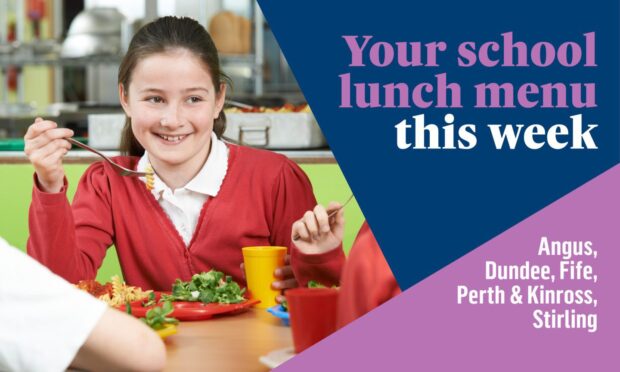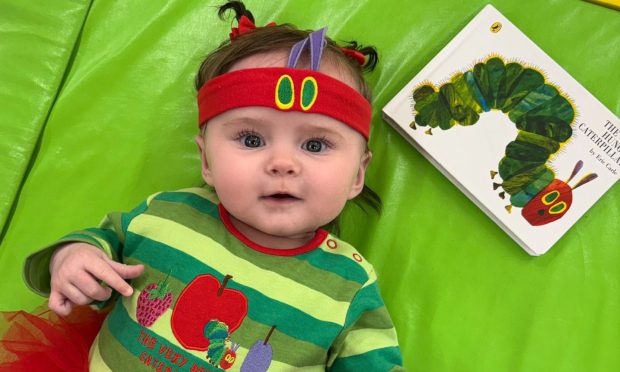As pupils across Scotland prepare for a full time return to education, preparations are underway to ensure their safety in the post-Covid world.
Following the First Minister’s confirmation on Thursday, guidance has been published outlining measures to enable schools to fully reopen from August 11.
It covers everything from social distancing to face coverings and gives staff, parents and pupils a clearer picture of what to expect when the school doors open in two weeks.
Social distancing
The guidance states there will be no requirement for social distancing between children in primary schools.
And although physical distancing between pupils in secondary schools is not required, it is recommended that it should be “encouraged where possible” particularly between the older children.
To ensure this, staff are recommended to encourage young people not to crowd together or touch their peers.
They are also advised to use all available space including halls, libraries or social spaces to promote distancing where possible and to seat young people side-by-side and facing forwards, rather than face to face.
It is also recommended that in both primary and secondary school settings, efforts should be made to keep pupils within the same groups for the duration of the school day.
Assemblies and other types of large group gatherings are not to be held when schools return in August.
Break times
The guidance advises schools to consider staggering break and lunch times, with “localised solutions” being agreed.
Pupils will be permitted to go to local shops for lunch but will have to follow the rules in place for wider society, for example wearing a face covering when entering a shop.
Schools are advised to contact local shops in advance to alert them to plans.
Drop off and pick up times
To avoid large gatherings and ensure physical distancing between adults and children of different households, staggered drop off and pick up times or locations are recommended.
Parents and carers who drive children to school are encouraged to park further away and then walk with their children to avoid congestion.
Car-sharing with children and young people of other households is discouraged.
It is also advised that particular consideration should be given to the arrangements for parents and carers of pupils with additional support needs or disabilities.
The two-metre physical distancing rule between adults and between adults and pupils from different households should be maintained on the school grounds.
Active travel, including walking and cycling, to school is “strongly encouraged.”
Face coverings
Pupils will not need to wear face coverings when they return next month although anyone (either pupils or staff) can wear them, states the guidance.
However, the guidance states that where adults are in close contact with pupils for a sustained period of around 15 minutes or more face coverings should be worn.
Personal hygiene
Schools have been told to encourage personal hygiene throughout the day, including frequent hand washing or sanitising and using tissues or elbows to cover coughs or sneezes.
Schools are also advised to have outdoor hand basins or hand sanitisers made available at entry and exit points.
School uniforms and clothing, along with staff clothing should be washed and cleaned as normal.
PPE
Personal protective equipment will not required during, however if a child or young person shows symptoms of Covid-19 and needs direct personal care, gloves, aprons and a fluid-resistant surgical mask should be worn by staff.
Eye protection should also be worn if a risk assessment determines that there is a risk of splashing to the eyes such as from coughing, spitting, or vomiting.
Showing symptoms
All children, young people and staff should inform a member of staff or responsible person if they feel unwell with symptoms of Covid-19.
Parents will be contacted and asked to make arrangements to collect the pupil, and advice should be followed on testing and self isolation.
Enhanced cleaning
Schools have to ensure that they have regular detergent cleaning schedules and procedures in place.
Regularly touched objects and surfaces such as desks, handles, dining tables and shared technology surfaces should also be cleaned at least twice a day.
Movement of people between work stations should be minimised and shared work spaces cleaned between each use.
Sharing of textbooks and other resources should be avoided and library books must be quarantined for 72 hours upon return.



















